Sponsored by Nagiso Town
Tsumago: The Prosperous 42nd Post on the Historic Nakasendo Road
Tsumago Post Town was the 42nd post town on the historic Nakasendo road, which linked Kyoto to Tokyo during the Edo Period. There was an effort during the Showa Period to preserve many of Japan’s historic post towns, which had fallen out of use with the dawn of rail travel across Japan. The result of this decision is that very literally a piece of Japan’s past has been preserved and is on display for travelers from around the world to enjoy. When visiting Japan’s more populated cities like Tokyo, Osaka, or Kyoto. It’s not uncommon to become overwhelmed by the crowds of tourists traveling from one tourist spot to another, the trains packed with both Japanese and foreigners alike, and the unending noise of city life.
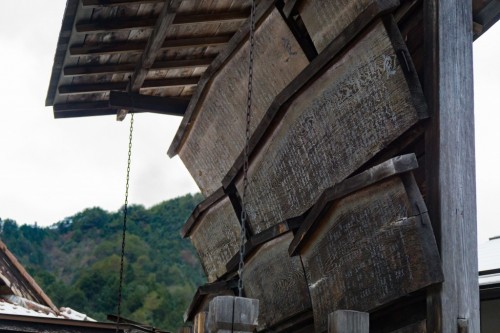
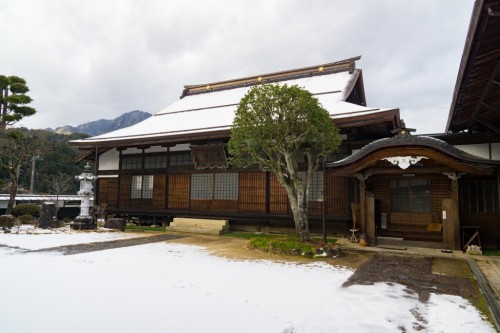
What to See and Experience in Nagiso’s Tsumago Post Town:
There’s something to meet everyone’s interests in Nagiso’s Tsumago Post Town. Whether you’re interested in history, food, or nature. If you would like to learn more about the history of Tsumago Post Town you should definitely make a stop at the Historical Museum which houses various documents, models, and films about Tusmago as well as the greater Kiso-jo area. If you’re interested in trying out some of Nagiso’s local food, then you will not be disappointed by what Tsumago Post has to offer. The entire main street of the post town is lined with a number of small restaurants offering some of Nagiso’s most popular delicacies.
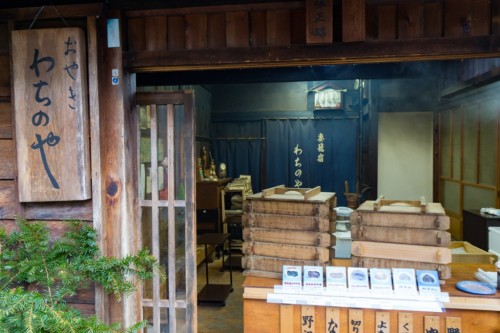
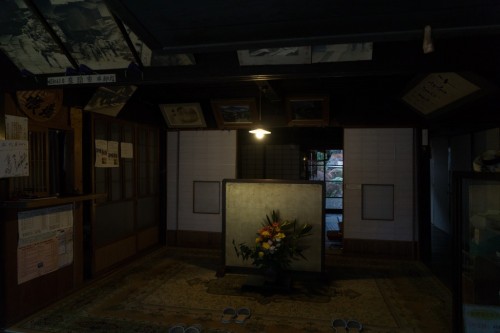
Also worth visiting is Kotoku Temple, a local Buddhist Temple settled on top of a hill overlooking all of Tsumago. While walking through the streets of Tsumago you will notice that some of the house interiors are open for the public to view. Definitely, take the time to look into these buildings. Doing so will give you a look into Tsumago’s past; the photo above gives an example of one of these historic houses.
5 recommended stops in Tsumago
- Ginmokusei – A colossal tree near what was once the Former Tsumago elementary school
- Carp Stone – A beautiful moss covered stone which is said to resemble a carp
- Waki Honjin Okuya – A house built in 1877 made using Japanese cypress
- Masu Shape – Remains of Tsumago’s ancient defenses
- Omata Bridge – A bridge that provides a nice view of the surrounding area
Tsumago During Winter:
Visiting the Tsumago Post Town during the winter months is an experience that I would definitely recommend. Winter is admittedly not one of the busiest times of year for this post town. I was able to visit Tsumago towards the end of December, which came with both some positives and negatives. First, I’ll mention something that was a positive for me, which is that there were very few people visiting the area. During my time in Tsumago I only ran into a hand full of other tourists.
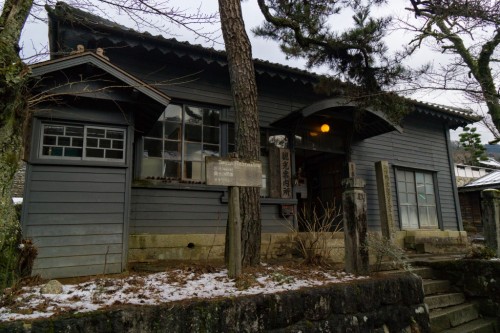
For more information visit the Tsumago Tourism Website: http://www.tumago.jp/english/
Historical Museum Website: http://www.town.nagiso.nagano.jp/kankou/en/midokoro/tsumago/midokoro_14.html#03
Access:
There are three ways to arrive at Tsumago Post Town. I will list them based on what is most likely the most convenient option.
- Take a Taxi from Nagiso Station to Tsumago Post Town (about 1200 yen).
- Take a Bus from Nagiso Station to Tsumago Post Town. But be aware that the bus schedules are a bit irregular (about 7 minutes and 300 yen).
- Walk from Nagiso Station to Tsumago Post Town (about an hour).
- If you plan on also visiting Magome Post town, there is a popular hiking trail that connects Magome and Tsumago.
 Tsumago-juku
Tsumago-juku
ESTABLISHMENT POINT_OF_INTEREST TOURIST_ATTRACTION- 2178-10 Azuma, Nagiso, Kiso District, Nagano 399-5302, Japan
- ★★★★☆
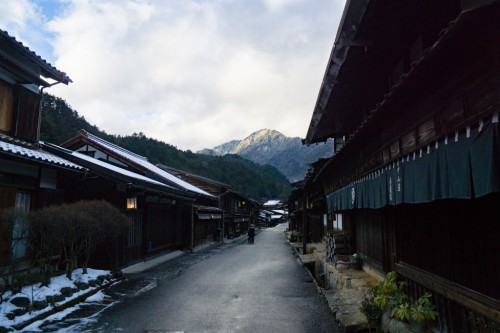
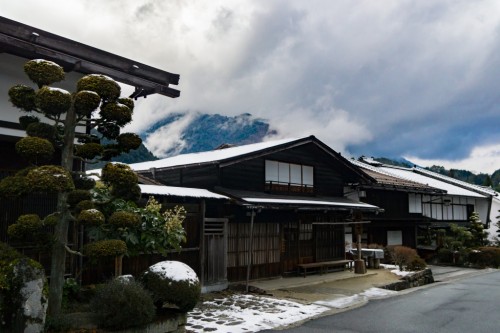
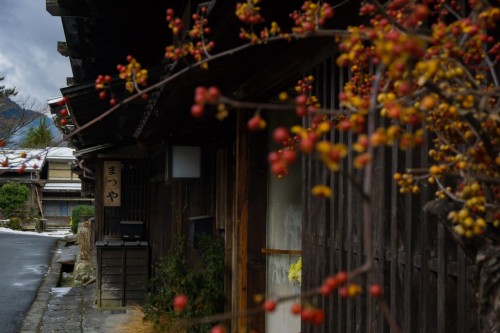

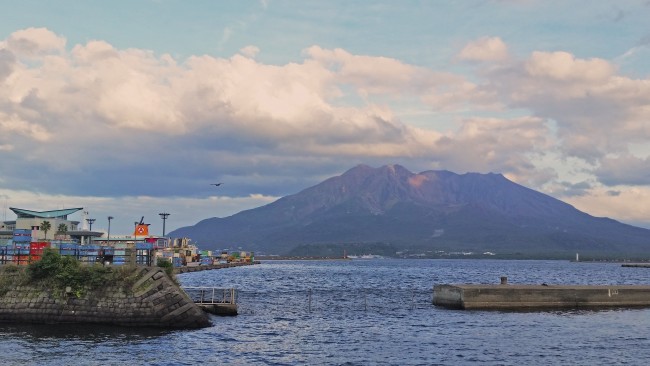
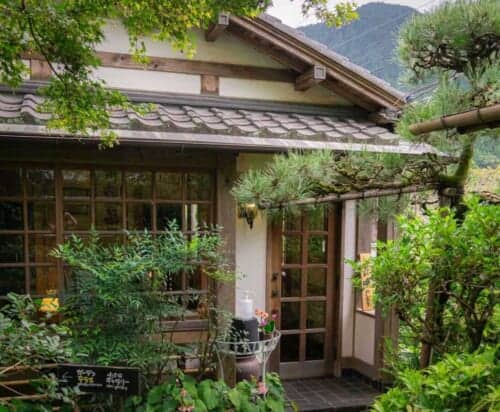

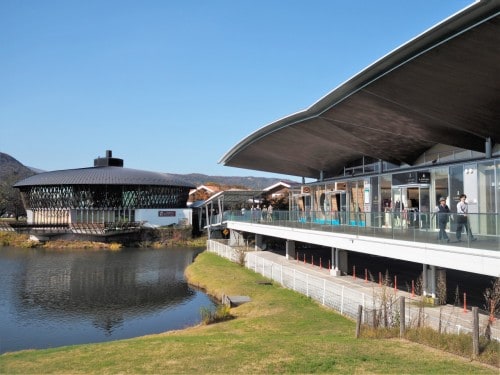



No Comments yet!